AMD Unveils Zen 4 CPU Roadmap: 96-Core 5nm Genoa in 2,022 128-Core Begamo in 2023.
AMD shared its Zen 4 CPU roadmap, which includes the 96-core Genoa and 128-core Begamo CPUs.
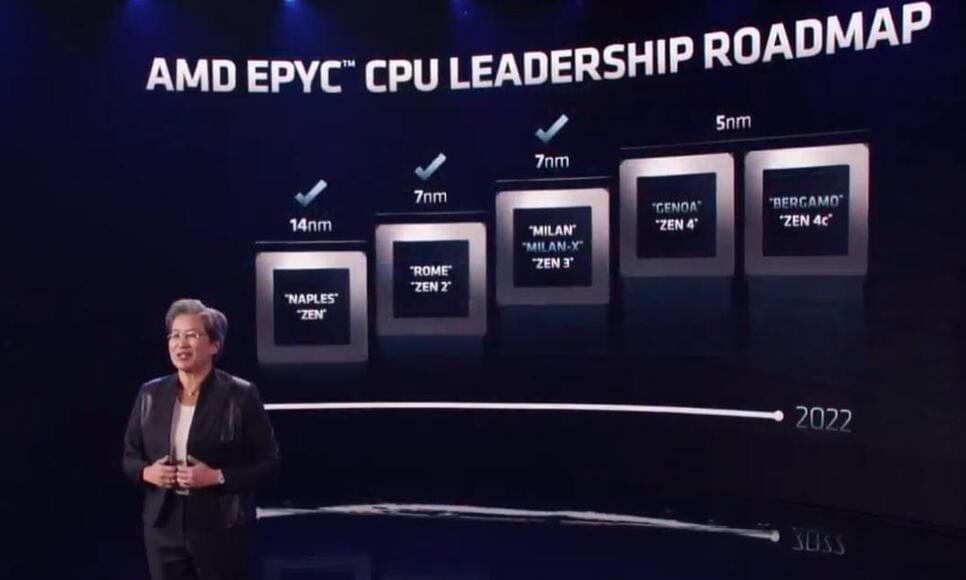
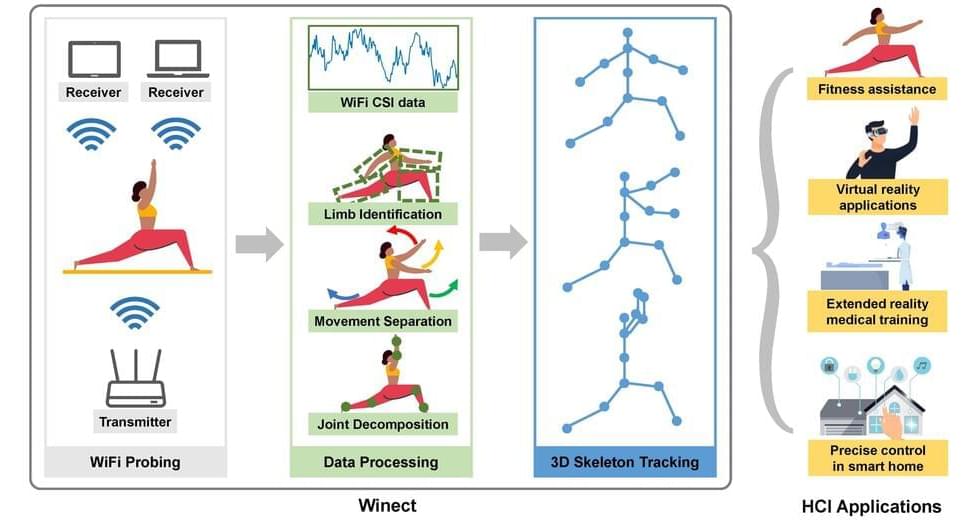
Wireless sensing devices, tools that allow users to sense movements and remotely monitor activities or changes in specific environments, have many applications. For instance, they could be used for surveillance purposes as well as to track the sleep or physical activities of medical patients and athletes. Some videogame developers have also used wireless sensing systems to create more engaging sports or dance-related games.
Researchers at Florida State University, Trinity University and Rutgers University have recently developed Winect, a new wireless sensing system that can track the poses of humans in 3D as they perform a wide range of free-form physical activities. This system was introduced in a paper pre-published on arXiv and is set to be presented at the ACM Conference on Interactive, Mobile, Wearables and Ubiquitous Technologies (Ubi Comp) 2,021 one of the most renowned computer science events worldwide.
“Our research group has been conducting cutting-edge research in wireless sensing,” Jie Yang, one of the researchers who carried out the study, told TechXplore. “In the past, we have proposed several systems to use Wi-Fi signals to sense various human activities and objects, ranging from large-scale human activities, to small-scale finger movements, sleep monitoring and daily objects For example, we proposed two systems dubbed E-eyes and WiFinger, which are among the first work to utilize Wi-Fi sensing to distinguish various types of daily activity and finger gestures.”
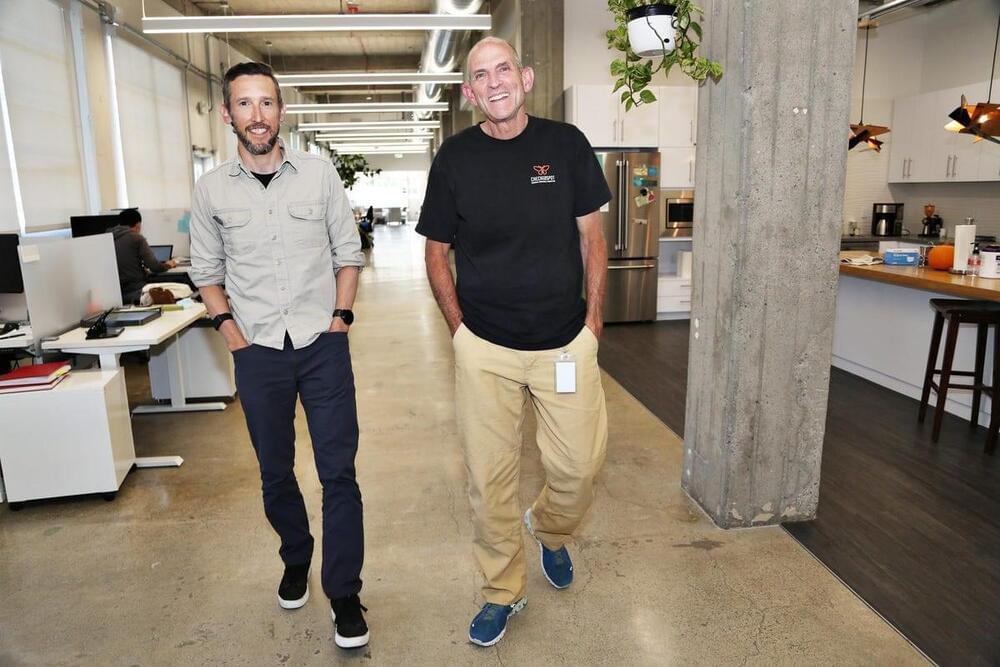
Consider the room you are sitting in: From the injection-molded plastic of a computer mouse to the synthetic carpet fibers on the floor, you are surrounded by petroleum-derived products in your daily life. But what if there is a better way to produce the products we depend on with cleaner and greener materials? Biomanufacturing offers a way to use materials from nature to create the items we use every day.
Checkerspot, a materials innovation company, is rethinking products from a molecular level. It is optimizing microbes to biomanufacture unique structural oils found in nature. The company has taken the technology it has built and turned it into a platform to bring us closer to a post-petroleum future.
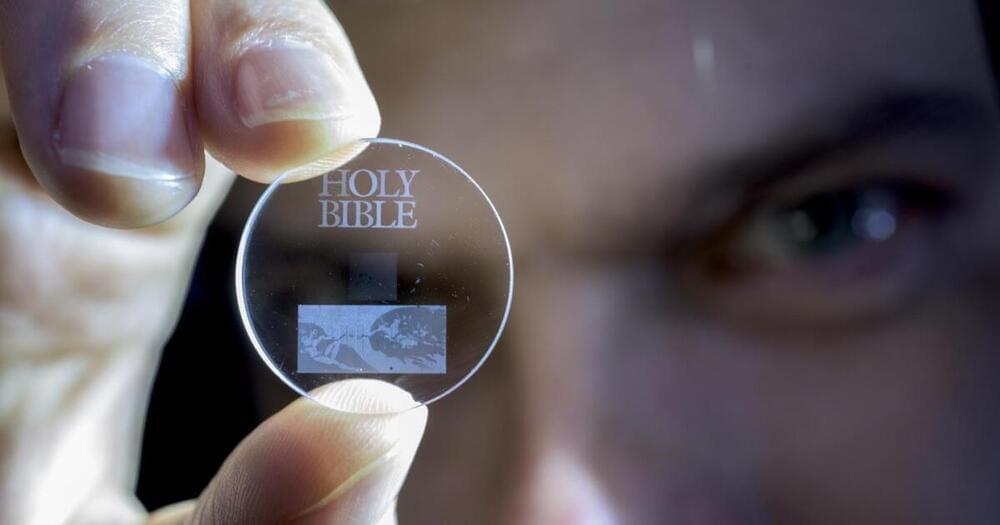
Scientists at the University of Southampton have achieved a data storage breakthrough, offering intense density and long-term archiving capabilities. With this new data storage, you can easily store up to 500 terabytes on a single CD-sized disc. Whether the data is information from museums and libraries to a person’s DNA records, it can store it all and much more!
This technology is known as five-dimensional (5D) optical storage and was first demonstrated back in 2013 when scientists were successful in using it to record and retrieve a 300-kb text file. It might not seem like much, but at that time, it was a breakthrough in data storing technologies just like how floppy discs played the same part some thousand years ago.
The data is written using a femtosecond laser which emits short but powerful pulses of light, forging tiny structures in glass that are measured in nanoscale. These structures contain information on the intensity and polarization of the laser beam in addition to the 3D space, hence it is referred as 5D data storage.

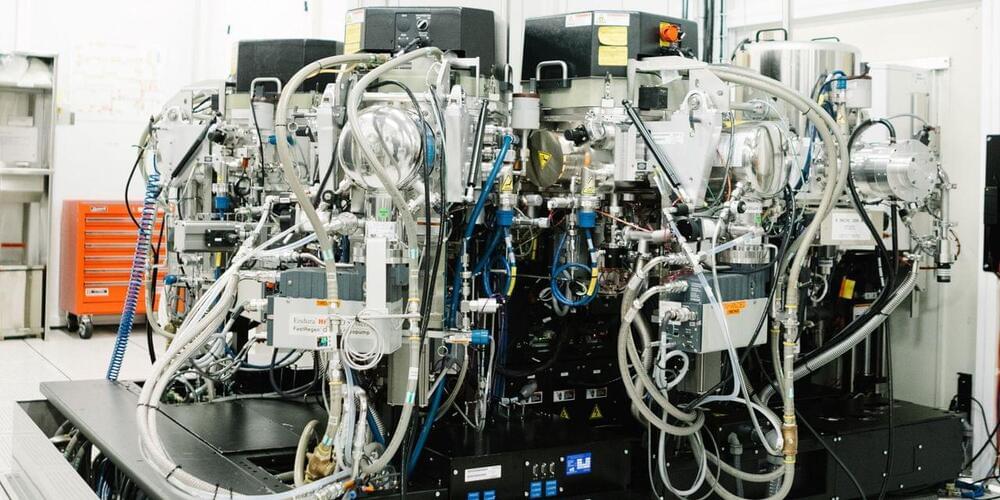
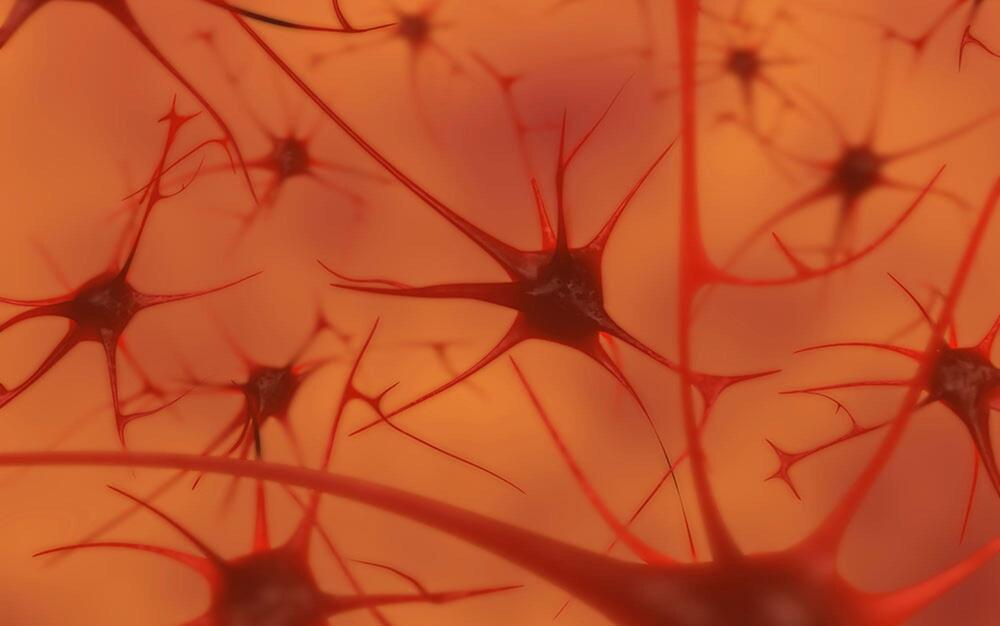

A new database aims to make it easier than ever to access and search through the world’s massive trove of research papers.
Each year, millions of scientific and academic papers get published across thousands of journals. The majority of those papers lie behind paywalls, costing $9 to $30 (or more) to read. Finding them can be difficult: Tools like Google Scholar allow you to search for paper titles and keywords, but more specialized queries are difficult.
The General Index was designed to reduce those obstacles without breaking the law. Developed by the technologist Carl Malamud and his nonprofit foundation Public Resource, the free-to-use index contains words and phrases from more than 107 million research papers, comprising 8.5 terabytes when compressed.

Intel senior vice president Keyvan Esfarjani and Intel CEO Pat Gelsinger at the groundbreaking of two new chip fabrication plants in Chandler, Arizona, on Friday, Sept. 24 2021.
Intel Corporation.
The world’s smallest and most-efficient chips are usually referred to as 5 nanometer, a nomenclature that once referred to the width of transistors on the chip. They power cutting-edge data processing and the latest generation of Apple iPhones. TSMC and Samsung make all of these 5-nanometer chips at fabs in Asia.
Have you ever seen the popular movie called The Matrix? In it, the main character Neo realizes that he and everyone else he had ever known had been living in a computer-simulated reality. But even after taking the red pill and waking up from his virtual world, how can he be so sure that this new reality is the real one? Could it be that this new reality of his is also a simulation? In fact, how can anyone tell the difference between simulated reality and a non-simulated one? The short answer is, we cannot. Today we are looking at the simulation hypothesis which suggests that we all might be living in a simulation designed by an advanced civilization with computing power far superior to ours.
The simulation hypothesis was popularized by Nick Bostrum, a philosopher at the University of Oxford, in 2003. He proposed that members of an advanced civilization with enormous computing power may run simulations of their ancestors. Perhaps to learn about their culture and history. If this is the case he reasoned, then they may have run many simulations making a vast majority of minds simulated rather than original. So, there is a high chance that you and everyone you know might be just a simulation. Do not buy it? There is more!
According to Elon Musk, if we look at games just a few decades ago like Pong, it consisted of only two rectangles and a dot. But today, games have become very realistic with 3D modeling and are only improving further. So, with virtual reality and other advancements, it seems likely that we will be able to simulate every detail of our minds and bodies very accurately in a few thousand years if we don’t go extinct by then. So games will become indistinguishable from reality with an enormous number of these games. And if this is the case he argues, “then the odds that we are in base reality are 1 in billions”.
There are other reasons to think we might be in a simulation. For example, the more we learn about the universe, the more it appears to be based on mathematical laws. Max Tegmark, a cosmologist at MIT argues that our universe is exactly like a computer game which is defined by mathematical laws. So for him, we may be just characters in a computer game discovering the rules of our own universe.
With our current understanding of the universe, it seems impossible to simulate the entire universe given a potentially infinite number of things within it. But would we even need to? All we need to simulate is the actual minds that are occupying the simulated reality and their immediate surroundings. For example, when playing a game, new environments render as the player approaches them. There is no need for those environments to exist prior to the character approaching them since this can save a lot of computing power. This can be especially true of simulations that are as big as our universe. So, it could be argued that distant galaxies, atoms, and anything that we are actively not observing simply does not exist. These things render into existence once someone starts to observe them.
On his podcast StarTalk, astrophysicist Neil deGrasse Tyson and comedian Chuck Nice discussed the simulation hypothesis. Nice suggested that maybe there is a finite limit to the speed of light because if there wasn’t, we would be able to reach other galaxies very quickly. Tyson was surprised by this statement and further added that the programmer put in this limit to make sure we cannot get too far away places before the programmer has the time to program them.